
Compounds and can be distinguished by :
A
B
reaction
C
D
Video Solution
Text Solution
The correct Answer is:B
(b) Formation of suggests monosubstituted acid and reaction of of with and shows one bond. There are group, . For , and for ] in both and .
Chiral compound with nine atoms would be 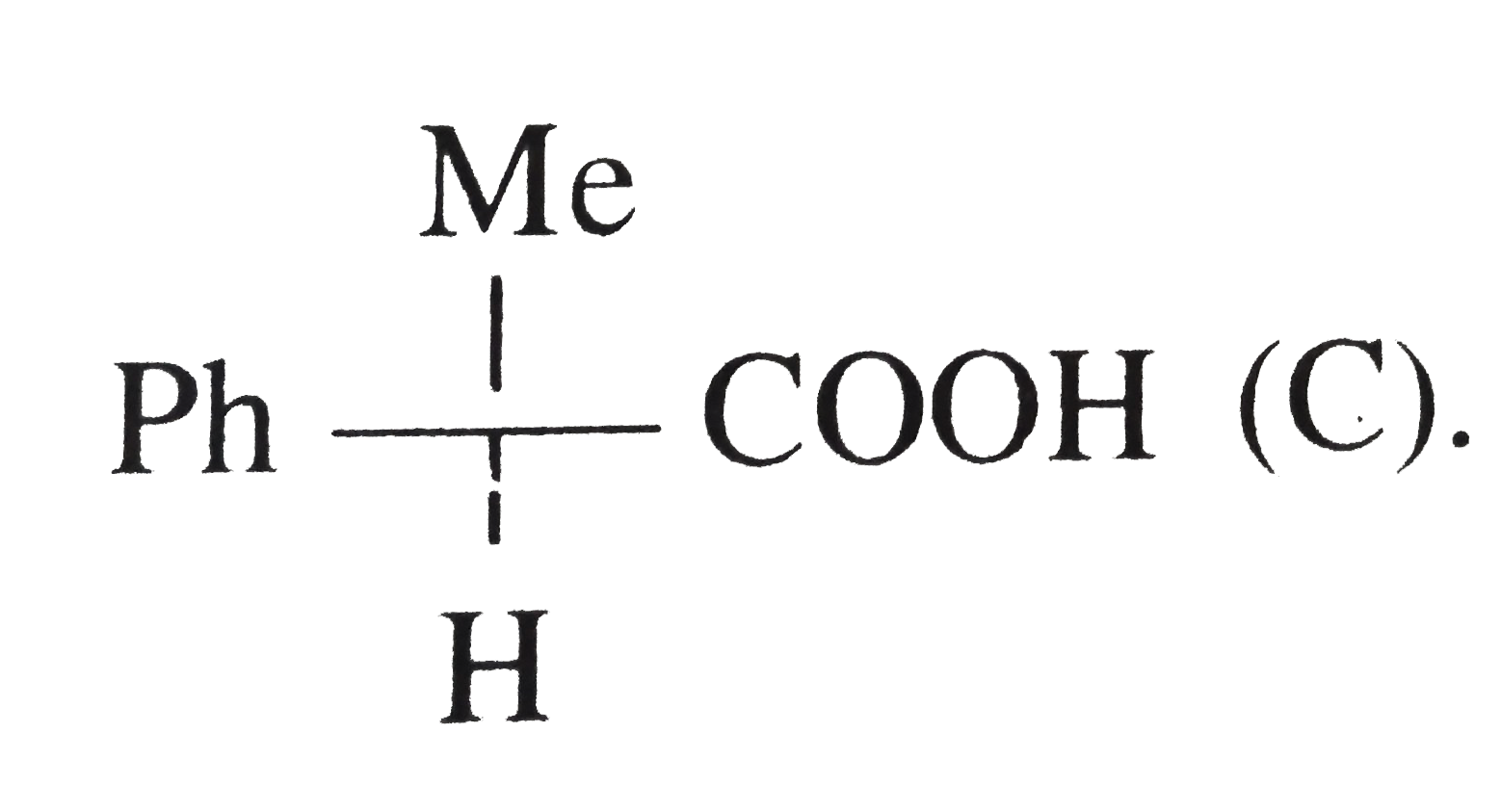
Reactions :
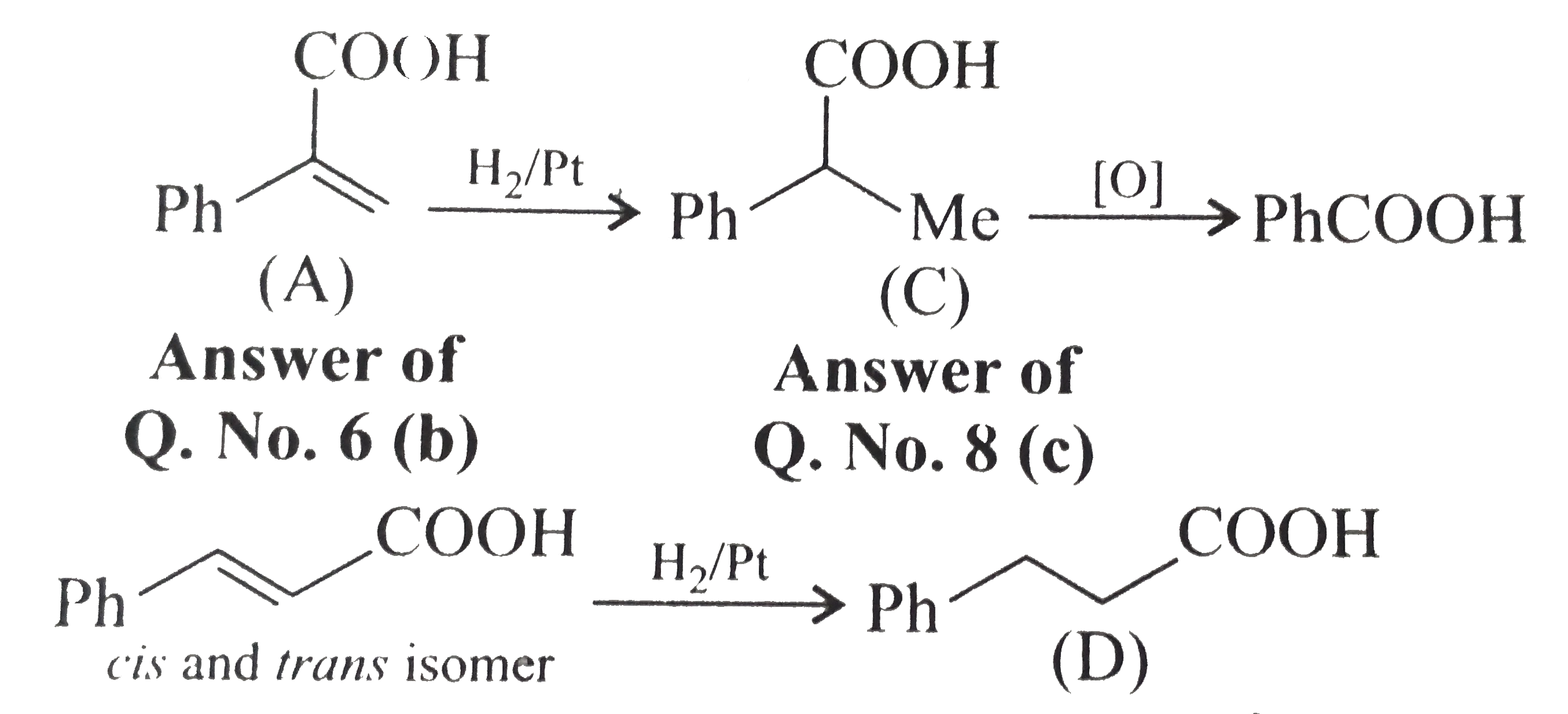
Here, and can be distinguised quantitatively by reaction has one atom and would give monochlorinaed product, whereas has two atoms and would give dichlorinated product. The chlorine content in the chlorinated derivatives of and is determined by quantative methods.
|
Topper's Solved these Questions
- CARBOXYLIC ACIDS AND THEIR DERIVATIVESBOOK - CENGAGE CHEMISTRY ENGLISHCHAPTER - CARBOXYLIC ACIDS AND THEIR DERIVATIVESEXERCISE - Exercises (Multiple Correct)
34 Videos
- CARBOXYLIC ACIDS AND THEIR DERIVATIVESBOOK - CENGAGE CHEMISTRY ENGLISHCHAPTER - CARBOXYLIC ACIDS AND THEIR DERIVATIVESEXERCISE - Exercises (Singlecorrect)
64 Videos
- CARBOXYLIC ACIDS AND THEIR DERIVATIVESBOOK - CENGAGE CHEMISTRY ENGLISHCHAPTER - CARBOXYLIC ACIDS AND THEIR DERIVATIVESEXERCISE - Exercises (Subjective)
19 Videos
- BIOMOLECULESBOOK - CENGAGE CHEMISTRY ENGLISHCHAPTER - BIOMOLECULESEXERCISE - Exercises Archives (Analytical And Descriptive)
8 Videos
- CHEMICAL KINETICSBOOK - CENGAGE CHEMISTRY ENGLISHCHAPTER - CHEMICAL KINETICSEXERCISE - Archives Subjective
23 Videos
Similar Questions
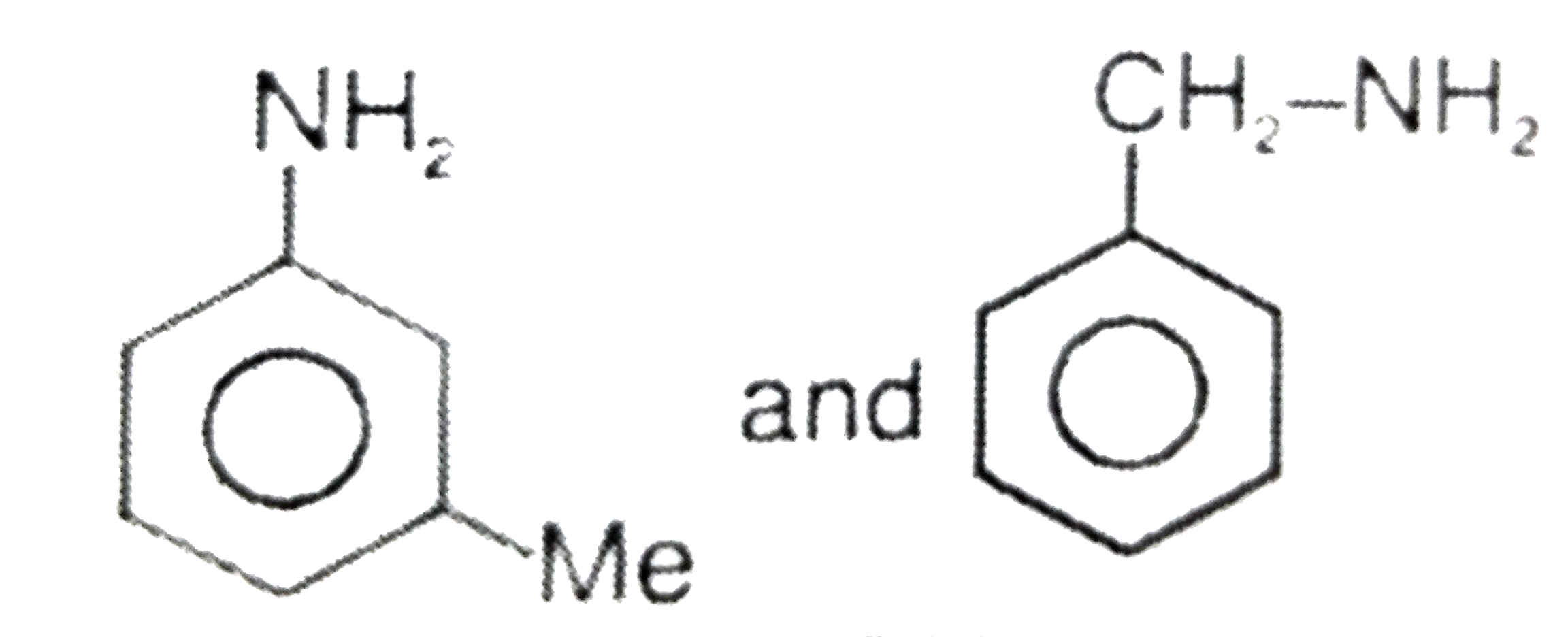 can be distinguish by
can be distinguish by
View Solution
Compound (X) and (Y) can be distinguished by
View SolutionH2SandSO2 can be distinguished by
View SolutionProduct(A) and (B)can be distinguished by

View Solution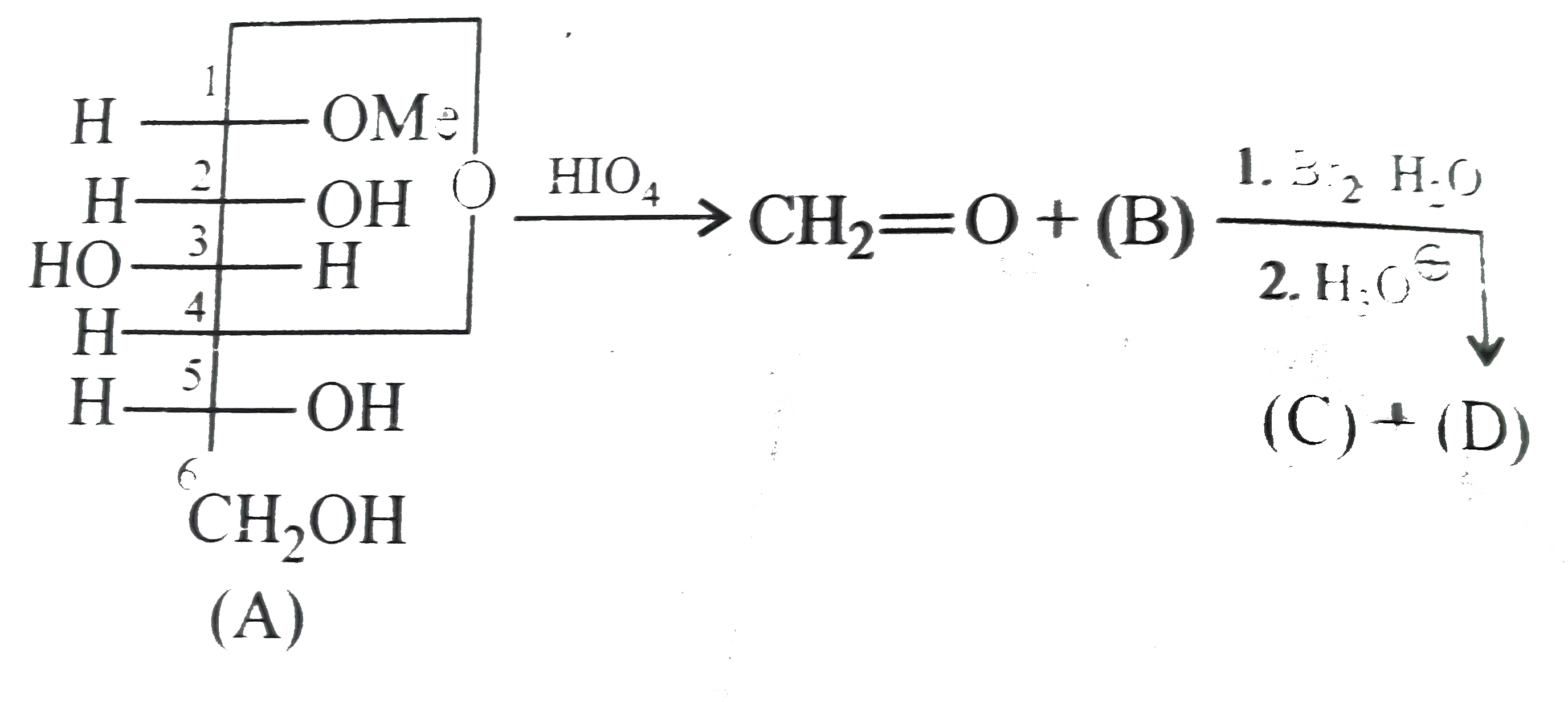
Compound (C) and (D) are:
View Solution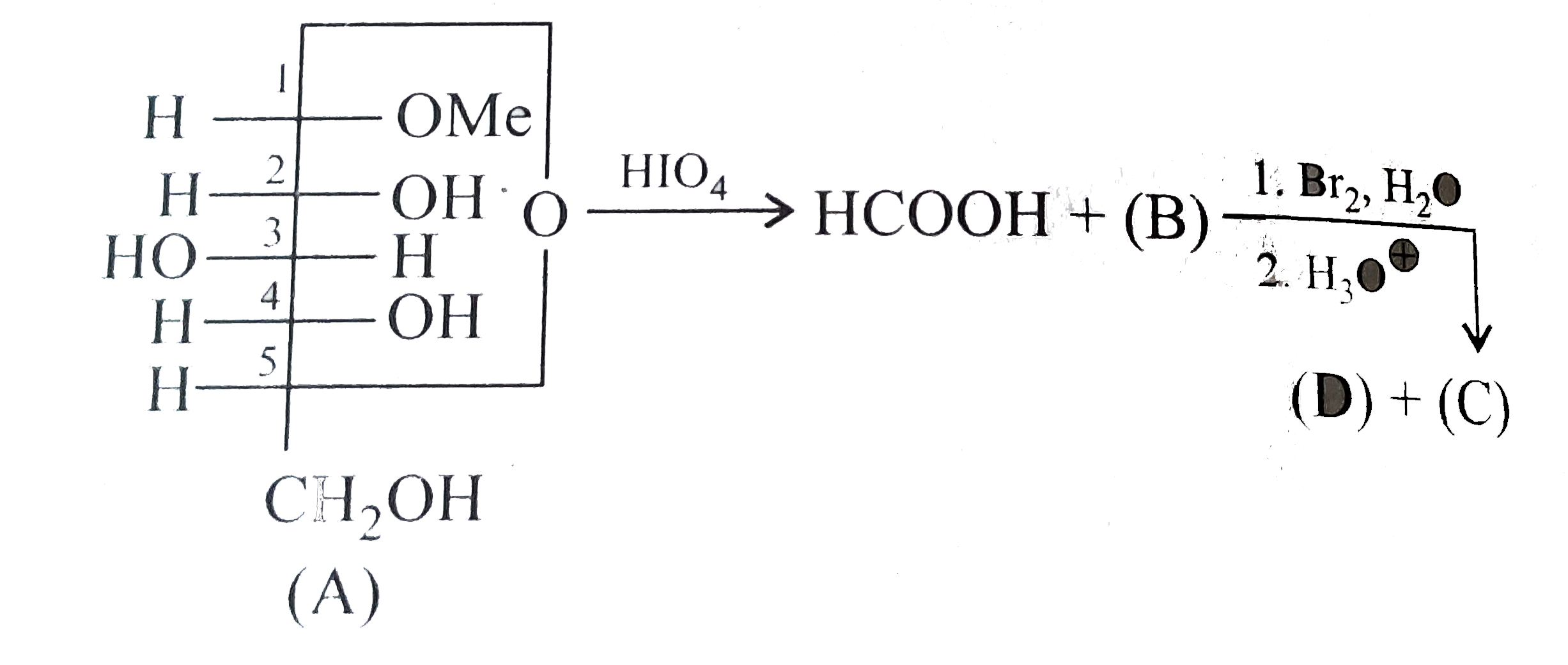
Compound (C) and (D) are:
View SolutionFe2+andFe3+ can be distinguished by
View SolutionThe following two compounds I and II can be distinguished by using reagent

View Solution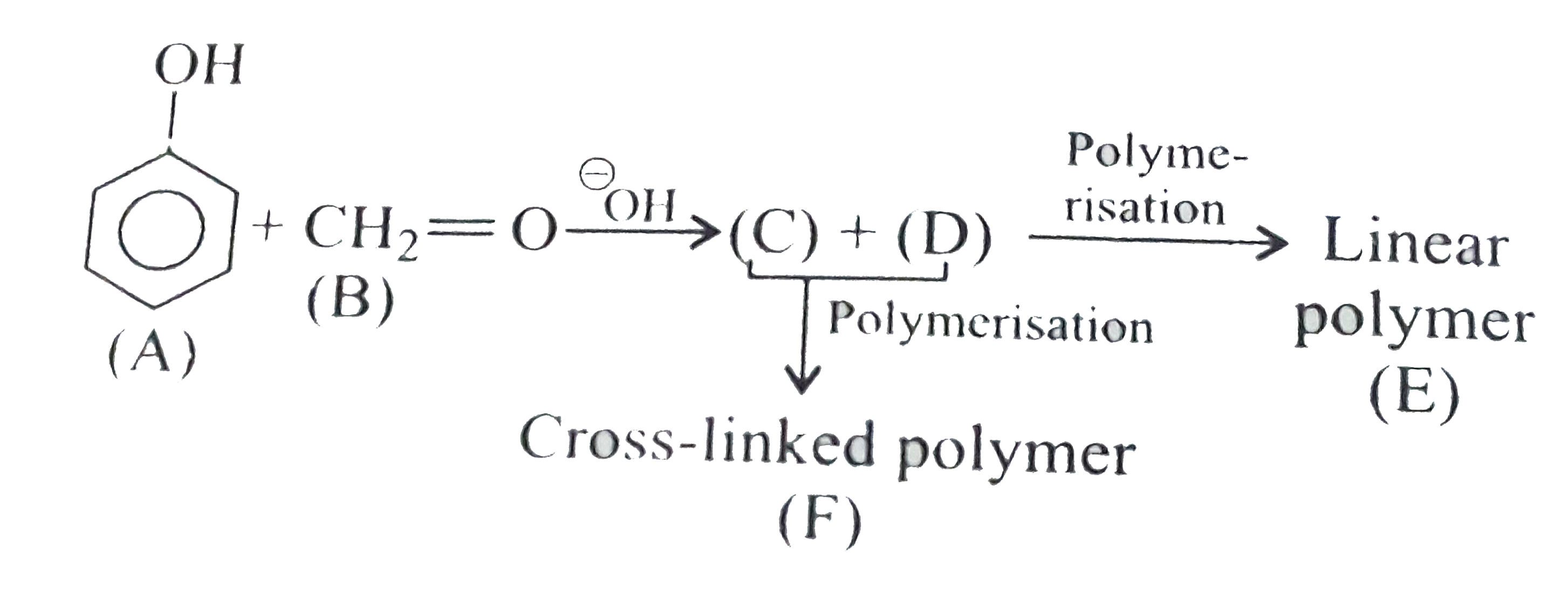
Compound (C ) and(D) are:
View SolutionThe following two compounds I and II can be distinguished by using reagent
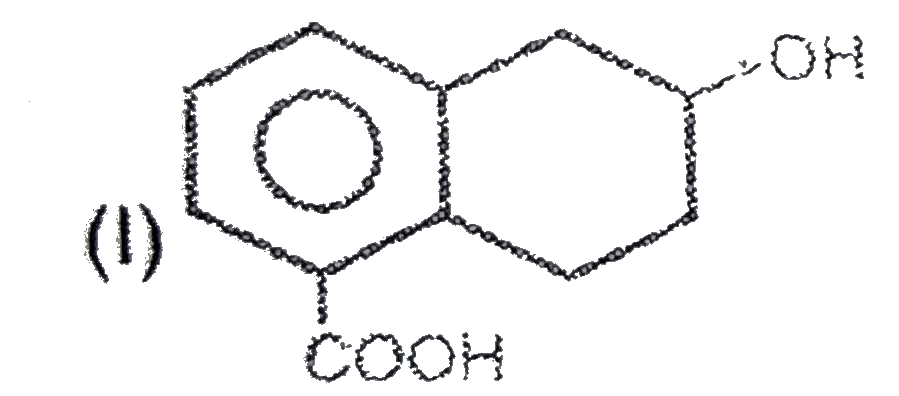 " "
" " 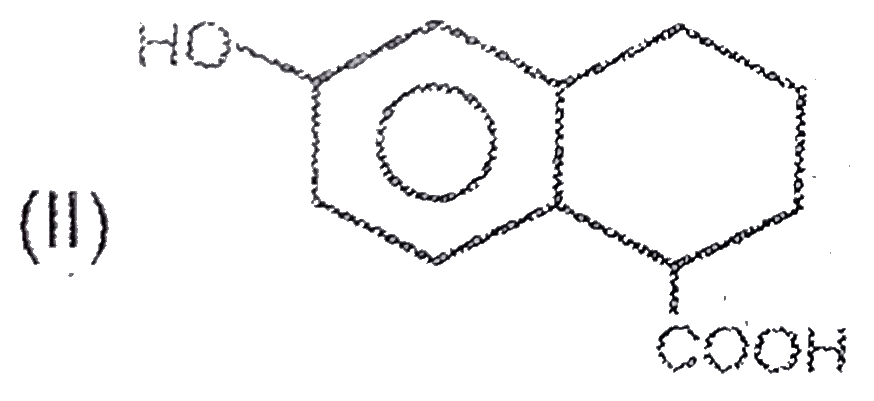
(a) aq. NaHCO3 " " (b) Neutral FeCl3
(c ) Blue litmus solution " " Na metal " " (e) HCl/ZnCl2 anhydrous
View Solution
